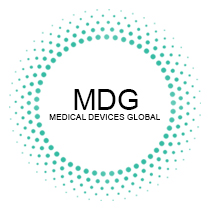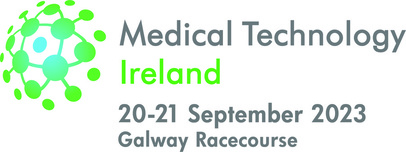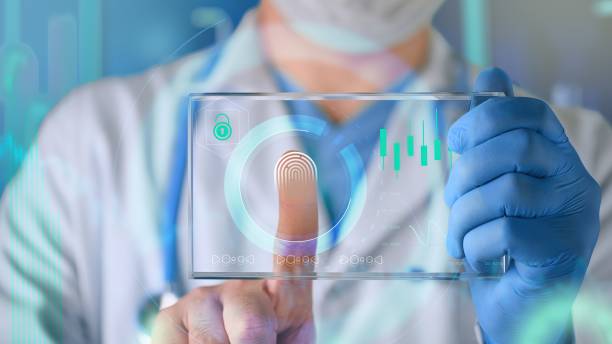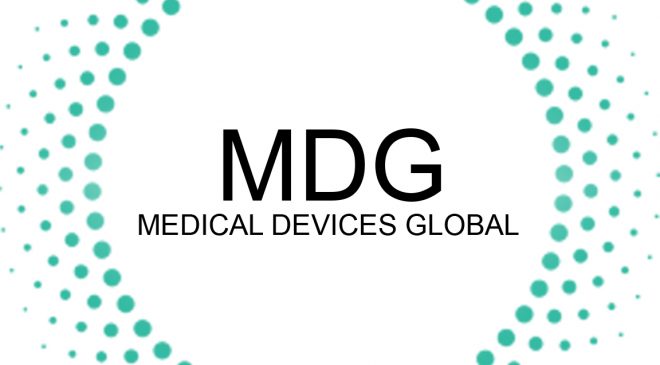The world of medical devices is continually evolving, and with it, the regulatory landscape. Staying informed about the latest regulatory developments is crucial for manufacturers, healthcare providers, and patients alike. In this article, we delve into the most recent changes and trends in the regulation of medical devices.
Harmonization of International Standards
One of the prominent trends in medical device regulation is the push for international harmonization of standards and regulations. Efforts are underway to streamline regulations across different regions, making it easier for manufacturers to navigate global markets. This trend benefits patients by ensuring that medical devices meet consistent safety and performance standards worldwide.
Increased Focus on Cybersecurity
As medical devices become more connected and reliant on software, cybersecurity has emerged as a top priority. Regulators are placing greater emphasis on ensuring that medical devices are secure from cyber threats. This includes requiring manufacturers to implement robust cybersecurity measures and regularly update device software to address vulnerabilities.
Unique Device Identification (UDI) Implementation
Many countries have adopted or are in the process of implementing UDI systems for medical devices. UDIs provide a unique identifier for each device, making it easier to track and trace products throughout their lifecycle. This enhances patient safety by enabling faster recalls and improving post-market surveillance.
Revised European Medical Device Regulation (EU MDR)
The European Union’s new Medical Device Regulation, EU MDR, came into full effect in May 2021. This regulation brings significant changes, including stricter requirements for clinical data, enhanced post-market surveillance, and increased transparency. Manufacturers selling medical devices in Europe must adhere to these new regulations or face market access challenges.
Focus on Post-Market Surveillance
Regulators are placing greater emphasis on post-market surveillance to ensure the ongoing safety and effectiveness of medical devices. Manufacturers are now required to collect and analyze real-world data and report adverse events more rigorously. This trend aims to identify and address potential issues with devices as early as possible.
AI and Machine Learning in Medical Devices
The integration of Artificial Intelligence (AI) and machine learning into medical devices has raised questions about how these technologies should be regulated. Regulators are working on frameworks to evaluate and approve AI-powered medical devices, ensuring that they meet safety and performance standards.
Conclusion: Staying Compliant in a Changing Landscape
Keeping abreast of the latest regulatory developments is essential for all stakeholders in the medical device industry. Manufacturers must navigate evolving requirements, healthcare providers need to ensure they use compliant devices, and patients rely on safe and effective medical technologies. As regulations continue to adapt to new technologies and challenges, staying informed and proactive is key to success in the dynamic world of medical device regulation. Medical Devices Global remains committed to providing comprehensive coverage and insights into the ever-changing regulatory landscape and its impact on the medical device industry and patient care.



